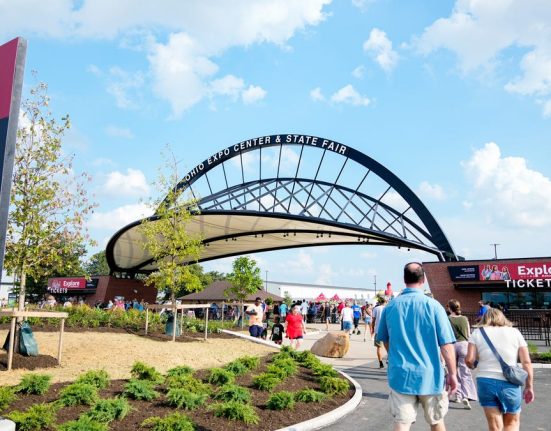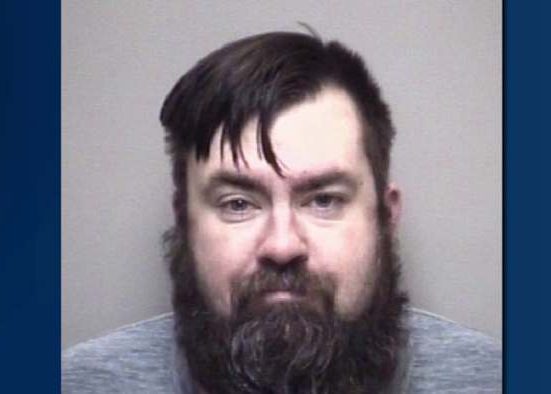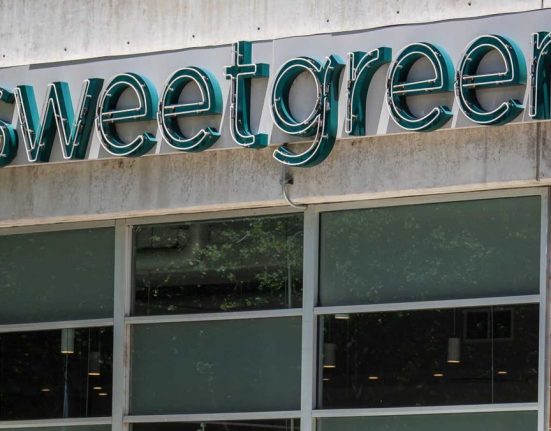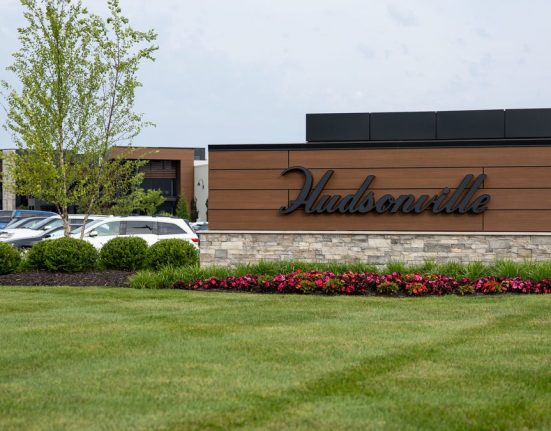Editor’s note: The following is a monthly column provided to us courtesy of the Rutland City TIF Task Force.
The cost of living in Vermont continues to rise, especially in communities with greater affordability challenges but with fewer resources to invest in major infrastructure projects necessary to address those needs. A recent bill that passed in the Vermont legislature aims to allow communities to leverage the same financing model behind TIF for small-scale housing projects.
While the bill made its way through the legislative process, a common myth kept rising to the surface: the belief that TIF takes money from the state Education Fund and local Municipal Funds. This is simply untrue. Given the relevance of this issue on both the state level and for Rutland, this week’s article focuses on dispelling that misconception.
Why the myth? Readers may recall from the April 15 article, “TIF isn’t a tax on you … But here’s what it is,” that when a TIF district is established, the original taxable value (OTV) of properties within the district is frozen. This means that taxes generated from that base value continue to flow, in full, to the state Education Fund and to the municipality’s general fund, as they always have. After new development occurs and property values increase, a significant portion of the new tax revenue (the increment) is allocated to the TIF fund to pay for the infrastructure improvements, while the remainder of the increment is allocated to the Education and Municipal Funds.
The claim that TIF takes money from these funds is more of a misunderstanding of how the new tax revenue is used. In reality, no existing revenue is lost in this process. And the new revenue? It would not exist without the infrastructure improvements that helped bring new development projects online.
In fact, TIF creates new money.
Not only do the TIF projects not cost the Education and Municipal funds, they actually add new tax revenue to each. Through the program, 30% of the new State taxes go to the Education Fund and 15% of the municipal taxes go to the City’s General Fund. These monies are in addition to the base value taxes from the properties in the District. And at the conclusion of the TIF district, 100% of the taxes are allocated for their usual purposes.
But for the public investment made possible through TIF, the private development wouldn’t have happened — and neither would the new tax revenue. So, the Education Fund and the city’s coffers are not losing money; they’re gaining new revenue that wouldn’t have otherwise existed.
Cycle of reinvestment
Public improvements lead to private development, which leads to more tax revenue, which leads to even more improvements — and none of it comes at the expense of schools or city services. And all of it creates much needed housing, jobs, and vitality in the city and surrounding areas.
That brings us to a brief update about the current state of TIF in Rutland. On May 30, the city submitted its first project to the Vermont Economic Progress Council (VEPC) for the investment of municipal infrastructure to support the Downtown Hotel + Living Project. This development will generate sufficient new tax revenue to cover the debt service on the public improvements and will generate additional tax revenue for the Education and Municipal Funds — ultimately growing the tax base, providing an important downtown amenity, creating housing, and creating jobs. VEPC review will occur this summer, after which the City of Rutland will have a bond vote to authorize the debt so construction can begin and the project can open its doors in 2027.
The Rutland City TIF Task Force and Rutland 360 is a collaborative initiative led by the Rutland Redevelopment Authority, the City of Rutland, Chamber & Economic Development of the Rutland Region, and the Downtown Rutland Partnership. Together, these stakeholders have developed the Rutland City TIF District Master Plan, a strategic effort to drive economic growth and revitalization in our city. For more information, visit the Rutland 360 website: www.rutlandvtbusiness.com/tax-increment-financing or email Ed Bove (EBove@rutlandcity.org)







